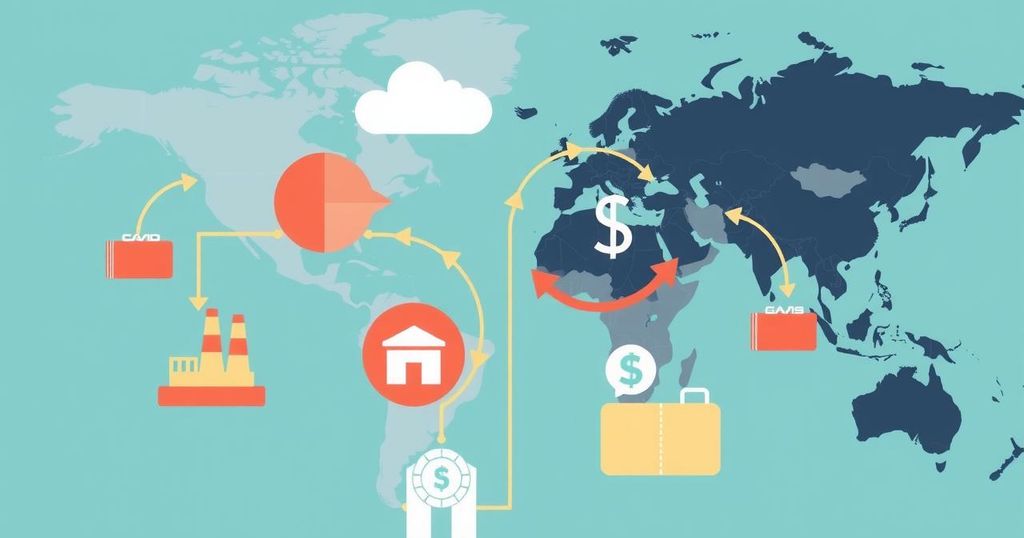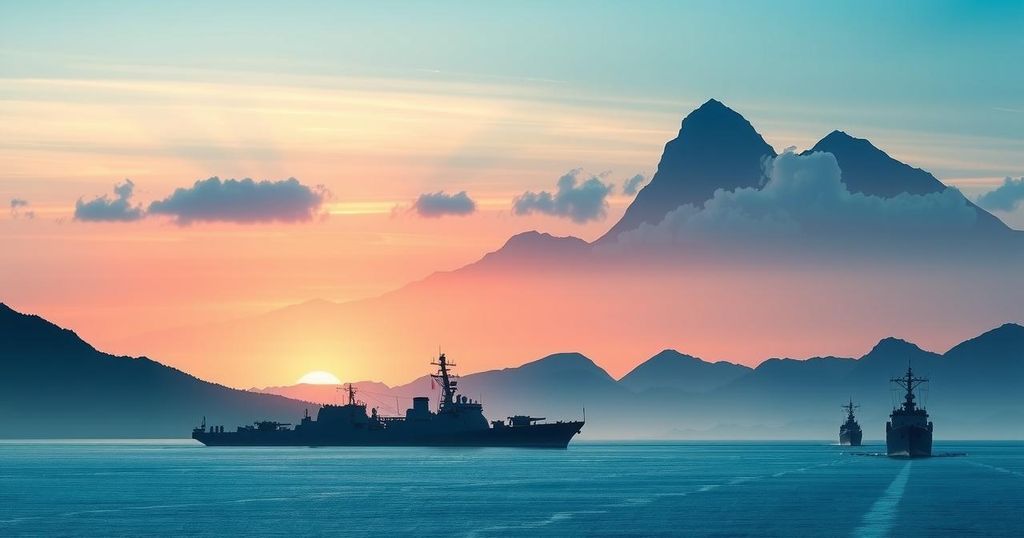Politics
ASIA, BEIJING, BRUNEI, CHINA, CHINA NATIONAL OFFSHORE OIL CORPORATION, CNOOC, ENERGY, FERDINAND MARCOS JR, GEOPOLITICS, GILBERT, GLOBAL ECONOMY, GUAM, GUANGDONG, GUANGDONG PROVINCE, HEGSETH, HUIZHOU, HUIZHOU 19, JAPAN, MALAYSIA, MANILA, MEXICO, NORTH AMERICA, OCEANIA, OFFSHORE DRILLING, OIL PRODUCTION, PACIFIC, PENG GUANGRONG, PETE HEGSETH, PHILIPPINES, RFA, SHENZHEN, SOUTH CHINA SEA, TAIPEI, TAIWAN, U. S. ENERGY INFORMATION ADMINISTRATION, UNITED STATES, VIETNAM, WASHINGTON, XINHUA
Omar El-Sharif
CNOOC Reports Discovery of Massive Oilfield in South China Sea Amid Rising Tensions
CNOOC has discovered an oilfield in the South China Sea, known as Huizhou 19-6, with proven reserves over 100 million tons. The announcement coincides with heightened military activities and tensions in the region, particularly involving the U.S. and the Philippines. The geopolitical implications of this discovery extend beyond energy resources into broader territorial disputes.
The China National Offshore Oil Corporation (CNOOC) has announced a significant discovery of an oil field in the South China Sea, specifically the Huizhou 19-6 oilfield, with proven reserves exceeding 100 million tons. This site is located approximately 170 kilometers from Shenzhen, as reported by the Xinhua News Agency. The field has already shown promising results, producing 413 barrels of crude oil and 68,000 cubic meters of natural gas daily from test drilling.
CNOOC detailed that the discovery well was drilled to an impressive depth of 5,415 meters, characterizing this as exploring “ultra-deep layers” under high temperatures and pressures. Notably, geologist Peng Guangrong indicated that around 60% of newly discovered oil and gas reserves originate from such deep strata. Despite its potential, the South China Sea continues to be largely uncharted due to territorial disputes among several nations.
China asserts extensive claims over the South China Sea, which is vital to global commerce, yet these claims overlap with those of other countries including the Philippines and Vietnam. An international tribunal ruled in 2016 against China’s expansive territorial claims, a verdict that has not been acknowledged by Beijing.
The announcement coincided with U.S. Department of Defense Chief Pete Hegseth’s visit to Manila, where he reaffirmed America’s commitment to its defense alliance with the Philippines, emphasizing the need for deterrence against perceived Chinese aggression. Joint naval drills were conducted by the U.S., Japan, and the Philippines near the contested Scarborough Shoal, witnessed by select members of the media for the first time.
China also confirmed conducting military patrols in the area, indicating ongoing tensions amid these developments. The situation continues to evolve as geopolitical interests converge in this strategically significant region.
The discovery of the Huizhou 19-6 oilfield by CNOOC highlights the potential resource wealth in the contested South China Sea, despite the geopolitical challenges surrounding it. As China pursues further exploration, tensions with other nations remain high, particularly with the Philippines and the U.S., which are strengthening their military collaborations in response to perceived threats. The strategic importance of the South China Sea, both for energy resources and international commerce, continues to draw significant international attention.
Original Source: www.rfa.org








Post Comment